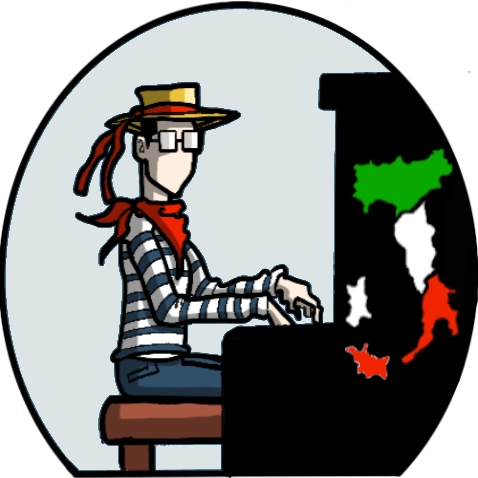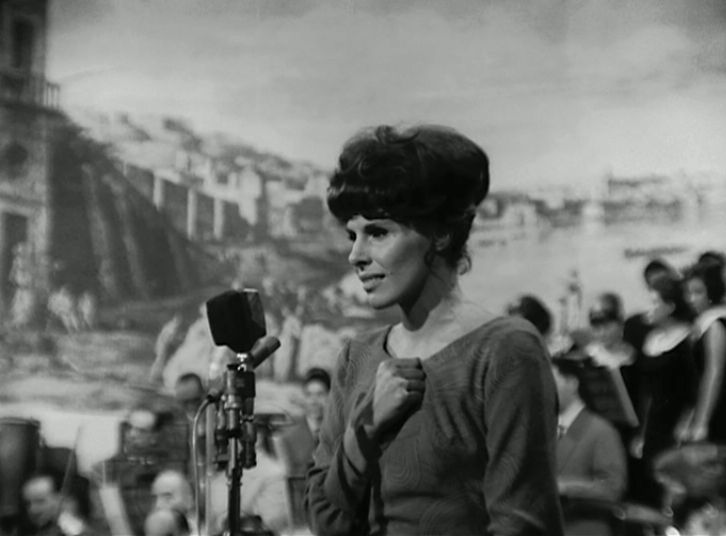[Monday Notes no. 160] Samba della rosa is a song by Toquinho and Vinicius De Moraes, performed by Ornella Vanoni on her album La voglia la pazzia l’incoscienza l’allegria. The recording is one of the most successful encounters between Italian music and bossanova.
Brazilian music has put down solid roots in Italy, at least since the late 1960s when several Brazilian musicians stayed in our country, sometimes because they were exiled by the dictatorship in Brazil.
This is the case, for example, with Chico Buarque de Hollanda, who recorded an album in the Italian language, with arrangements by Ennio Morricone and using sisters Mia Martini and Loredana Berté as backup singers.
In this case it was Toquinho and Vinicius de Moraes who provided their music to a great Italian voice, that of Ornella Vanoni. The singer had already achieved great success in 1970 by singing in Italian a Brazilian song, Roberto Carlos’s L’appuntamento.
The album La voglia la pazzia l’incoscienza l’allegria is from 1976 and includes some great classics by Antonio Carlos Jobim, Chico Buarque, Baden Powell, as well as songs by Vinicius de Moraes and Toquinho.
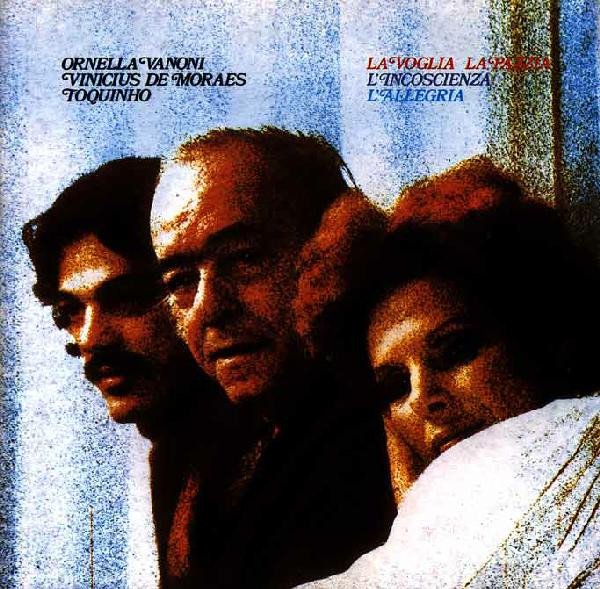
Harmonically, Samba della rosa is based on a very common progression, the typical fourths sequence on which many jazz songs such as Autumn Leaves or Fly Me To the Moon are based, but also Italian pieces such as Luigi Tenco‘s Mi sono innamorato di te.
The piece is in the key of A minor and runs through all the chords of the scale, starting right from Am and returning to the tonic chord. Below, then, is the sequence of chords, with their position in the key scale, the A minor scale, below.
| Am | Dm7 | G7 | Cmaj7 | Fmaj7 | Bm7(b5) | E7 | Am |
| I | IV | VII | III | VI | II | V | I |
Melodically, the piece consists of two voices. Vinicius de Moraes sings the descending phrases (in yellow in the score) and Ornella Vanoni responds with symmetrical but ascending phrases (in pink in the score).
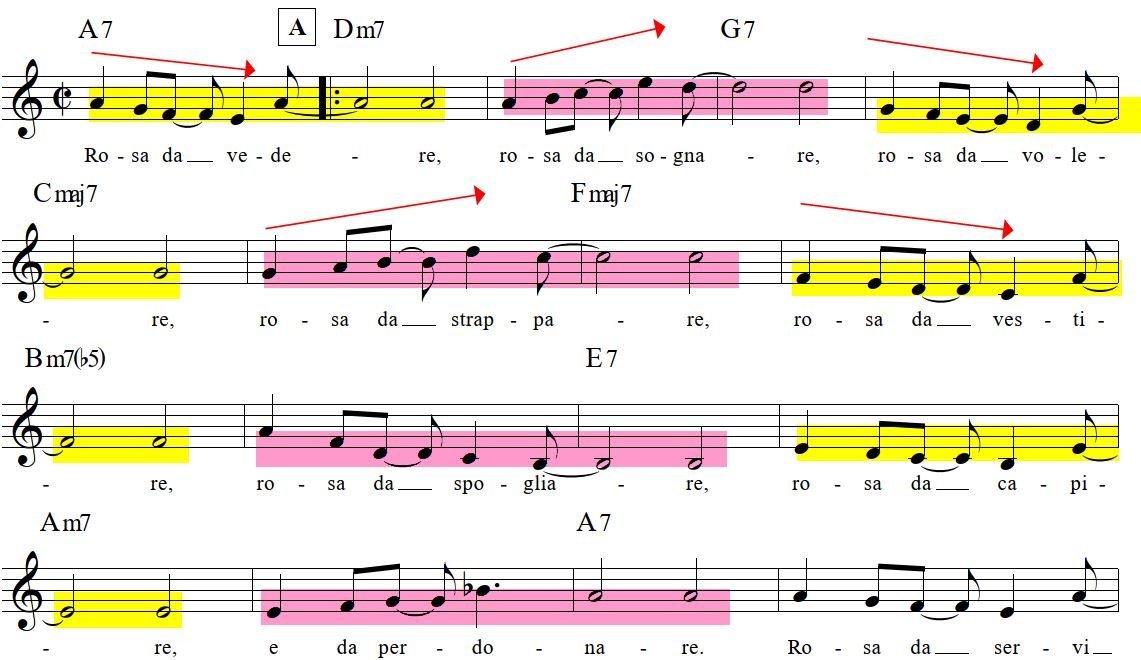
The second verse also proceeds in a similar way, with the same sequence of chords and phrases sung in turn by Vinicius De Moraes and Ornella Vanoni.
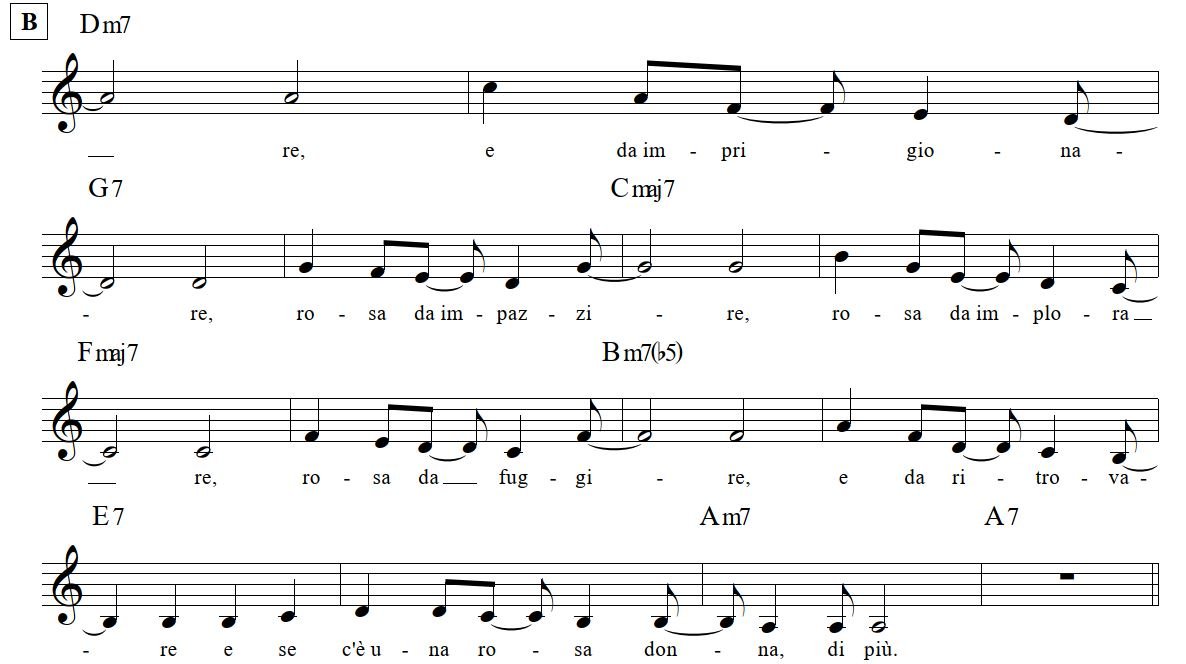
The third part has slightly different chords and is assigned entirely to the female voice. Overall, Samba della rosa has a samba rhythm, the arrangement opens with guitar, bass, and percussion and then is enriched with choirs, strings, and other percussion.

With regard to the lyrics, the song is based on anaphora, which is the repetition of the same word at the beginning of each verse, in this case, the word rosa (rose). Many Brazilian songs have a similar pattern; Chico Buarque often uses anaphora in his songs, and Antonio Carlos Jobim’s Aguas De Março also uses a similar procedure.
Ornella Vanoni’s voice is really perfect for the bossa nova repertoire: a fine voice, without vibrato and perfectly in tune. The singer is also very good at adapting to Brazilian rhythms, which is definitely not easy for an Italian singer. For this reason, La voglia la pazzia l’incoscienza l’allegria is a really delightful album, where Brazilian music and the Italian language come together in a very amazing way.
Until next Monday!
